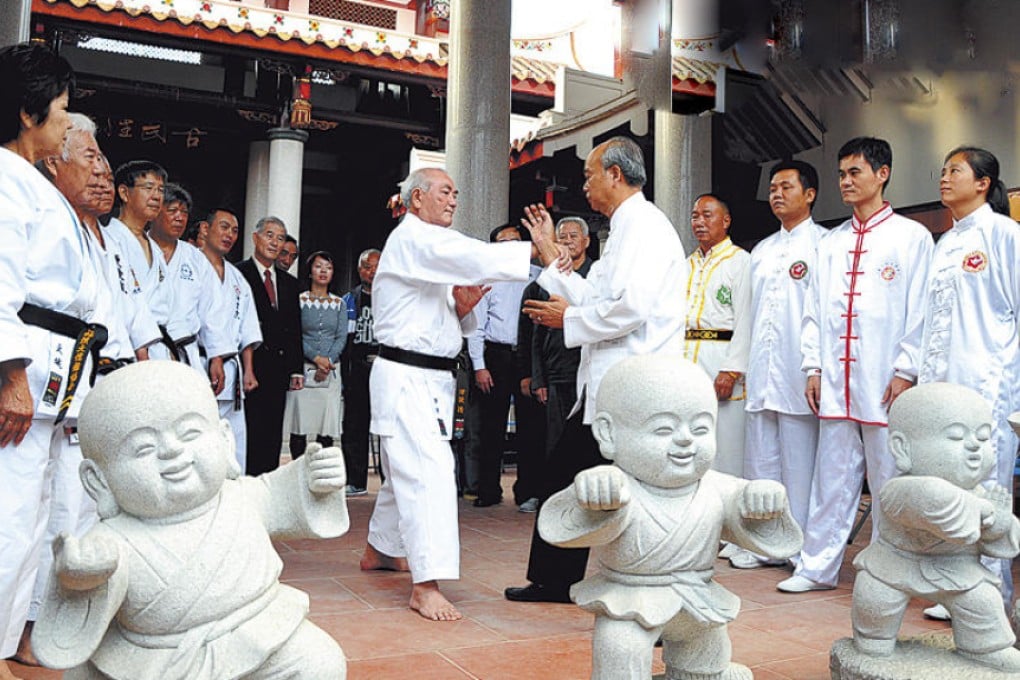
Karate might be considered a quintessentially Japanese martial art but the word literally means "China hand": " kara" is Japanese for "Tang" or "China", and " te" is "hand". And recently a group in Okinawa - where the martial art is said to have developed - has been exploring karate's Fujian province origins.
Since 2012, researchers and karate masters from Urasoe, in southern Okinawa, have twice visited Quanzhou, the home of ngo cho kun - a southern Chinese martial art also known as "five ancestors fist".
After observing Chinese martial art protocols and comparing them with their own, the Okinawans identified both similarities and differences. Having gained access to the wealth of written records available in Fujian, they hope to establish the historical roots of the art form.
"The most important outcome of these trips is for me to begin to understand the history of karate," says Lu Jiangwei, a Fujian native who works as an instructor and researcher at the Okinawa Prefectural University of Arts, where he completed his doctorate on karate history in 2010. "This is an exploration of the genesis of the karate culture."
The Sino-Okinawa collaboration resulted in a conference and research report earlier this year. Lu says this marks the beginning of a longer term examination of the evolution and development of different schools of karate across the East China Sea, and cultural exchange between Japan and China.
Cultural transplantation across the ocean can be traced back to 1392, in the early Ming dynasty. A group of Chinese subjects from Fuzhou were sent on imperial orders to Okinawa, which was then part of the Ryukyu Kingdom, a tributary state of the Ming court. They settled in Kume village, in Naha, now the prefectural capital, near the then-royal capital of Shuri.